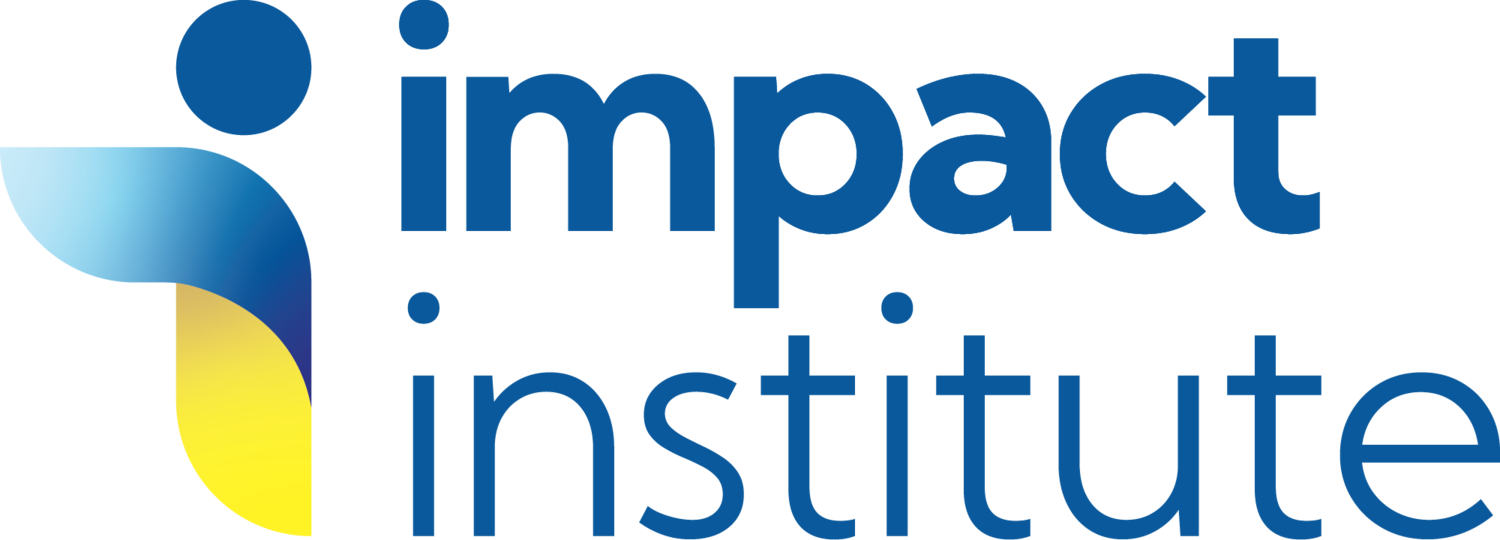Design To Make A Difference
Communication is a basic human necessity. It’s almost as important as breathing! It’s the fundamental tool with which we convey our thoughts, exchange knowledge, exercise influence and, more importantly, bring about change.
For those of us who are passionate about design and its influence on change, creative communication is a testament to its power for achieving ‘good’. However, not all embrace the idea that communicative design is a means for positive change.
Victor Papanek, in his book Design for the Real World: Human Ecology and Social Change, is scathing about advertising design. He says: “In persuading people to buy things they don't need... with money they don't have... in order to impress others that don't care... it’s probably the phoniest field in existence today.”
Whether we are conscious of design or not, we experience its daily impact. In 2007, experts estimated that we experienced 600-625 potential exposures to advertising in a day, including 272 from TV, radio, magazines and newspapers (Media Matters, 2007). Some would suggest that that is a suffocating amount. In 2016, these figures have increased to their thousands.
It’s not surprising then that many people, just like Victor Papanek did, develop a healthy dose of skepticism towards advertising. They believe that advertising is a mechanism for deceit, used to manipulate and corrupt their will, intended to bend their attention and persuade them to make decisions for corporate gain.
Many people also recognise the damage that other forms of ‘designed communication’ have on society and point to violent or sexual movies, cigarette and alcohol advertising and the standardising of the beauty culture through magazines and social media.
However, the opposite can also be true of design and creative communication mediums. As with many things in life, the problem lies not with the device, but with how it is used.
Design critic for the New York Times Alice Rawsthorn recognises the positive potential for advertising when she says that “design should be more honest, humane, responsible, empowering, and inclusive, less about showy styling, and more about improving the quality of all of our lives, not least those who are disadvantaged, disabled, or excluded.”
The principles Rawshorn speaks of enable creative communicators to uncover potential and use the tools of their trade to impact lives for the common good. Think of some of Australia's noblest organisations: SEDA and their 'Live Energy Smart' campaigns and RSPCA’s ‘All creatures great and small’. These are ethical creative thinkers who have a mission to change the world for the better, one design at a time.
With the explosion of communication streams in the last decade, this change for good is more feasible and accessible than ever before. The internet, social media streams, television and countless more communication systems at our disposal catapult good, thoughtful communication to the masses.
The means of recognising community need is also within our grasp more than ever. We are more aware of the disadvantaged, disabled and excluded in the world at large and within our own spheres of influence, and we have more opportunities for positive influence. With honest, humane, responsible, empowering, and inclusive advertising, we can communicate messages about individual and communal prospects, financial potential and material options that make lives better. Realistically, there is no end to the good that can be achieved through advertising design.
Advertising design is a vessel, a creative language expressly used to communicate and influence. When used responsibly and with purpose, creative design and communication is a powerful medium for producing beneficial, fruitful outcomes to consumers as well as businesses. With this in mind, and a relentless thirst for innovation and positive, creative communication, we can impact our world, one design at a time.
Social Impact Institute services are available throughout Australia, including Sydney, Melbourne, Brisbane and regional areas. Call us on 1800 822 763 to have a chat and book your consultation.
Share this page


